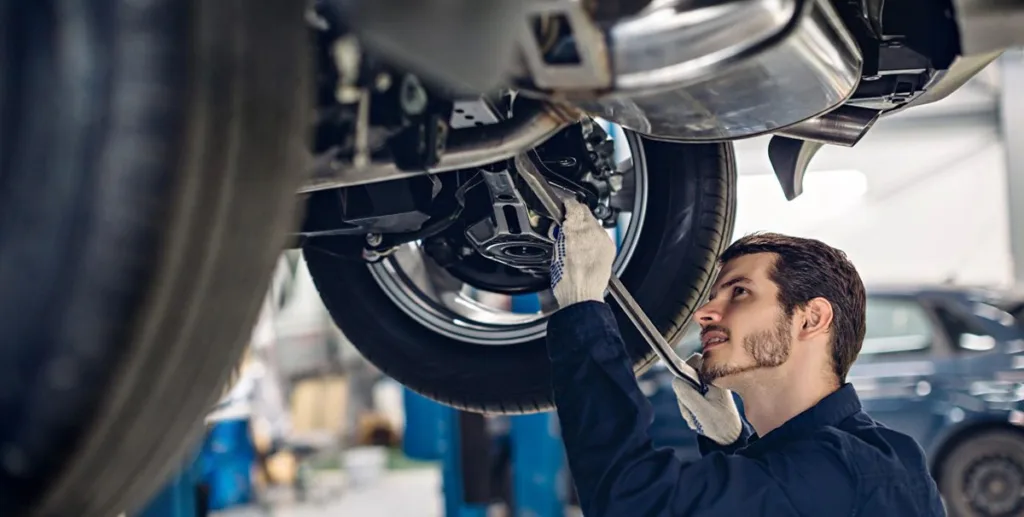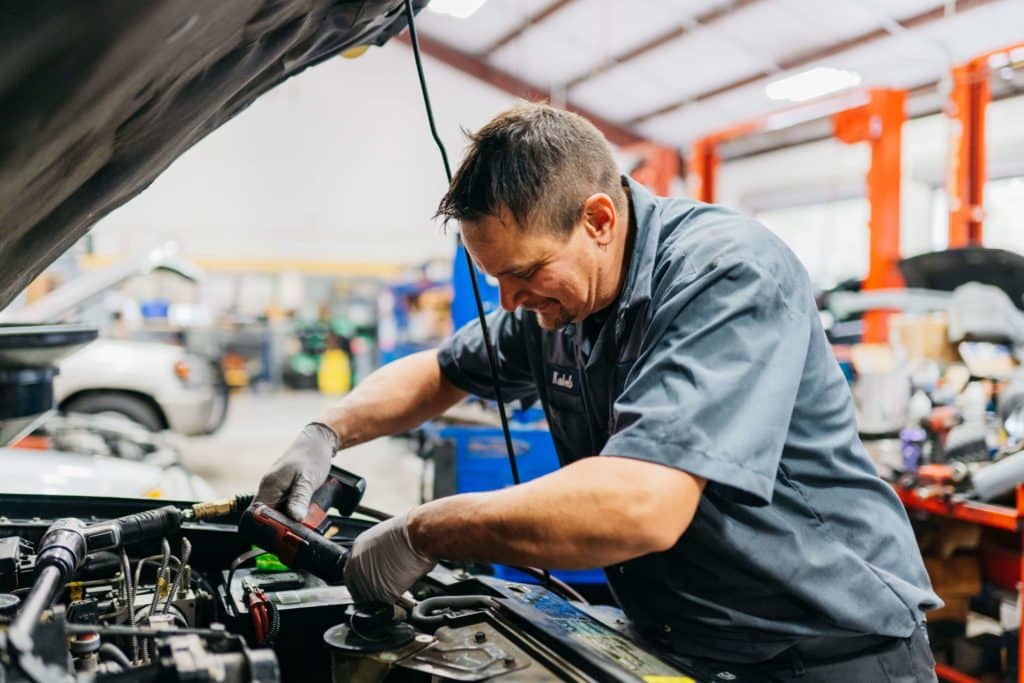All Categories
Featured

When it concerns automobile repairs, among the most substantial decisions you'll face is whether to choose Original Tools Producer (OEM) parts or aftermarket parts. Both choices offer unique advantages, yet they likewise include some compromises. Understanding the distinctions in between these 2 kinds of components can assist you make a more educated choice, guaranteeing your lorry remains in top form while installation within your budget plan. Below, we discover the benefits and considerations of both OEM and aftermarket components to assist you choose the right choice for your next vehicle repair work.

What Are OEM Components? OEM components are made by the same company that produced the parts in your automobile when it was very first built. They are made particularly for your make and version, making certain excellent compatibility and top quality performance. Given that OEM components are the very same ones made use of in the original setting up of your car, they often tend to satisfy the same high criteria established by the manufacturer.
One of the main advantages of picking OEM components is the assurance of top quality and integrity. These parts are often backed by a service warranty, providing defense versus flaws or very early failure. If your lorry is still under warranty, making use of OEM components for repairs can aid make certain that your service warranty continues to be valid. In addition, due to the fact that OEM parts are designed to fit exactly, there's much less danger of installation issues or future troubles.

What Are Aftermarket Components? Aftermarket components, on the other hand, are produced by third-party suppliers that might not be straight associated with the automobile's original supplier. These components are developed to fit a range of automobiles and are usually much less expensive than OEM components. While numerous aftermarket components are of premium quality, they can differ substantially in between manufacturers.
The most substantial advantage of aftermarket components is their cost-effectiveness. Since these parts are mass-produced and don't have the exact same overhead costs as OEM components, they are commonly valued reduced. Furthermore, aftermarket parts can supply improved efficiency or aesthetic improvements over OEM components. For instance, aftermarket exhaust systems or suspension parts may supply much better efficiency or a much more aggressive appearance compared to factory-installed components.
Benefits of OEM Components. Surefire Fit and Quality: OEM parts are designed to fulfill the exact requirements of your vehicle, making certain an ideal fit and preserving the performance standards that the manufacturer planned. Service Warranty: Lots of OEM parts come with a service warranty, offering satisfaction in instance the part is malfunctioning or fails too soon. Resale Worth: If you plan on selling your automobile, using OEM components can assist keep its resale worth considering that potential buyers typically search for vehicles that have been repaired with original parts. Lorry Integrity: Making use of OEM components assists ensure that your vehicle proceeds to execute as planned by the manufacturer, keeping it in optimal problem. Benefits of Aftermarket Parts. Lower Cost: Aftermarket parts are typically extra budget friendly, which can be a substantial factor to consider if you get on a budget plan or looking to conserve cash on repairs. Selection and Customization: Aftermarket parts offer a wide array of alternatives, especially for efficiency upgrades or cosmetic modifications, permitting you to customize your automobile or boost its performance. Wide Schedule: Aftermarket parts are generally simpler to find than OEM parts, especially for older cars or hard-to-find components. Performance Enhancements: In many cases, aftermarket parts are designed to offer remarkable performance, such as much better brakes or higher-flow air filters that increase horse power. Downsides of OEM Components. Higher Cost: OEM components have a tendency to be more costly than aftermarket alternatives, which may be a downside for cars and truck proprietors on a tight spending plan. Limited Options for Personalization: OEM components are designed to change the original components with no enhancements, so they may not offer performance upgrades or aesthetic adjustments. Schedule: Depending upon the make and version of your car, OEM parts can occasionally be challenging to find, particularly if your automobile is older or has been discontinued. Drawbacks of Aftermarket Parts. Irregular High quality: The quality of aftermarket parts can differ considerably between manufacturers. While some are made with top notch materials, others may be much less durable or improperly constructed, which might cause faster wear and tear. Potential Fitment Issues: Aftermarket parts may not always fit your car as precisely as OEM components, bring about feasible compatibility problems or additional job throughout installment. Guarantee Worries: Making use of aftermarket parts may nullify your producer's service warranty or cause problems if a failure happens that relates to the aftermarket part. Exactly how to Decide In Between OEM and Aftermarket Components. Choosing in between OEM and aftermarket components depends on numerous factors, including your budget, the age and condition of your lorry, and your certain repair service requirements.
Spending plan: If cost is your primary concern, aftermarket parts are frequently the a lot more affordable option. However, it's essential to evaluate the long-term worth of your decision. If you go with a more affordable aftermarket component that doesn't execute well or needs frequent replacements, you may finish up spending much more in the lengthy run. Lorry Age and Condition: For newer lorries still under guarantee or those in outstanding problem, OEM components are normally suggested to preserve the car's stability and guarantee it proceeds to operate as planned. For older cars, aftermarket parts might provide an extra affordable service without compromising efficiency. Fixing Type: Some repairs, specifically safety-related components like airbags or brake systems, are best managed with OEM components to ensure optimal safety and security and dependability. For non-essential repairs or efficiency upgrades, aftermarket components might provide an excellent balance in between expense and performance. Verdict. The choice in between OEM and aftermarket components depends on your details requirements, preferences, and budget plan. While OEM components use ensured high quality and reliability, aftermarket components offer expense financial savings and the possibility for performance enhancements or personalization. By thoroughly taking into consideration elements like the nature of the repair, the age of your automobile, and your monetary scenario, you can make an informed choice that ensures your vehicle continues to be in top problem without damaging the financial institution. Always seek advice from a trusted technician to figure out the best alternative for your repair service requires.
Latest Posts
Explore Limited-Time Auto Repair Offers in Chicago at Montclare Auto Repair
Published May 27, 25
1 min read
Explore Auto Services & More: Complete Auto Care Solutions from Montclare Auto Repair
Published May 27, 25
1 min read
Specialist Residential Roof Solutions You Can Count On
Published May 25, 25
1 min read
More
Latest Posts
Explore Limited-Time Auto Repair Offers in Chicago at Montclare Auto Repair
Published May 27, 25
1 min read
Explore Auto Services & More: Complete Auto Care Solutions from Montclare Auto Repair
Published May 27, 25
1 min read
Specialist Residential Roof Solutions You Can Count On
Published May 25, 25
1 min read